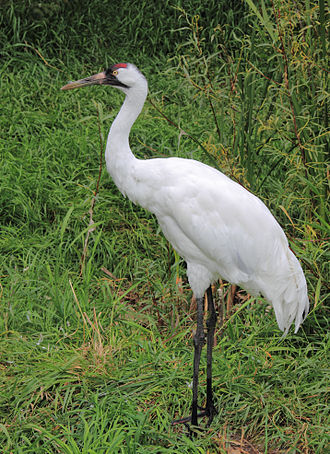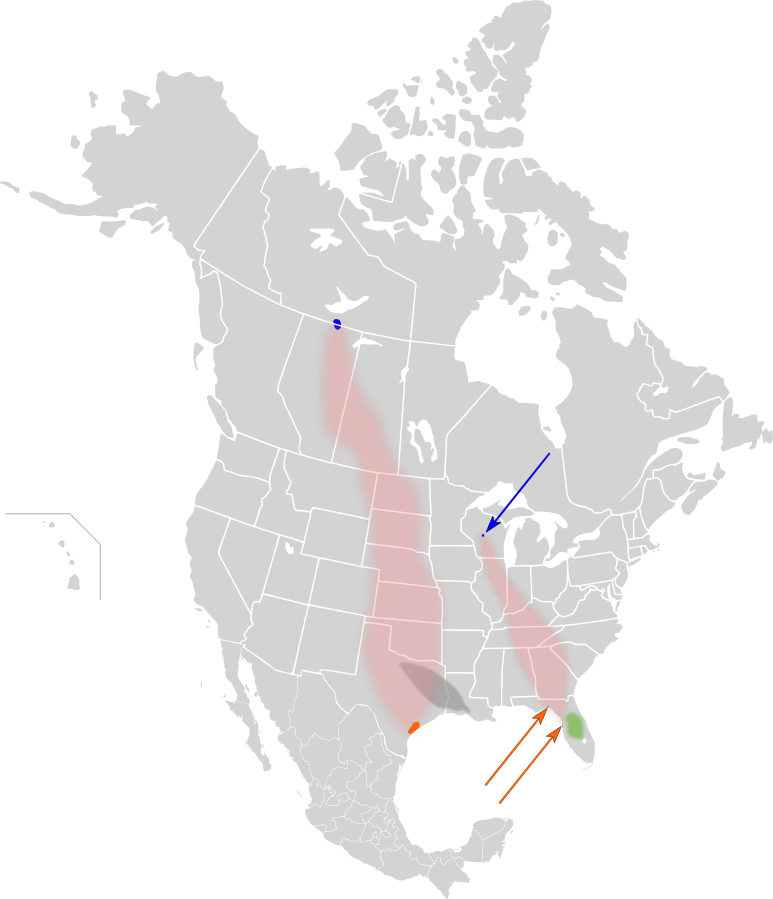On Saturday, March 22, a barge carrying thick bunker fuel collided with another ship in the Houston Shipping Canal in Texas. The barge spilled 168,000 gallons of oil into the Galveston Bay, shut down the waterway for three days, and caked critical migrating bird habitat with the toxic oil.
While the barge spilled bunker oil, not tar sands oil, the accident provides some surprisingly direct lessons about the Keystone XL pipeline.
1. Keystone XL means more oil, and ship traffic, through the Houston Ship Canal. That means more oil spills.
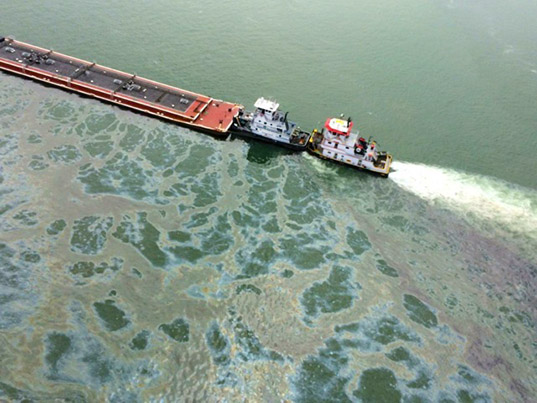
When complete, 800,000 barrels of tar sands oil will flow through Keystone XL everyday. If the oil doesn’t spill on its 2000 mile journey from Alberta, Canada, refineries in Houston will process much of it. That will lead to more shipping traffic in Galveston Bay and potentially more oil spills.
2. While the industry profits, communities deal with sickening pollution from extracting and burning tar sands.
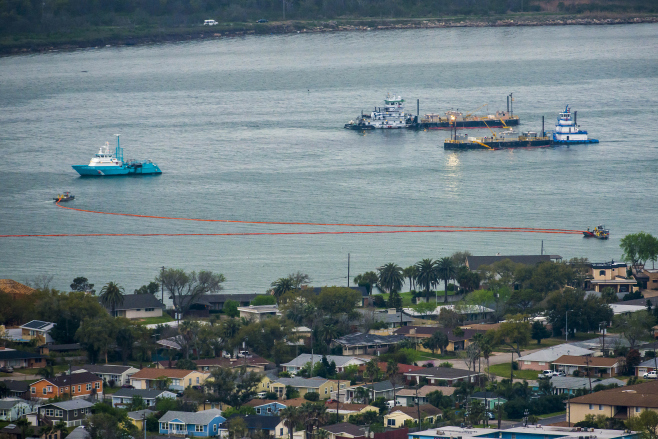
Oil is toxic and communities like Pike, TX will be forced to deal with the health impacts of this week’s spill. Keystone XL will increase tar sands extraction in Alberta, Canada, where First Nation communities already face health impacts from the industry. At the other end of the pipeline, refining the tar sands will lead to increased air pollution for communities—primarily communities of color—in Houston. Climate change from burning tar sands oil threatens us all.
3. Keystone XL is a threat to wildlife.
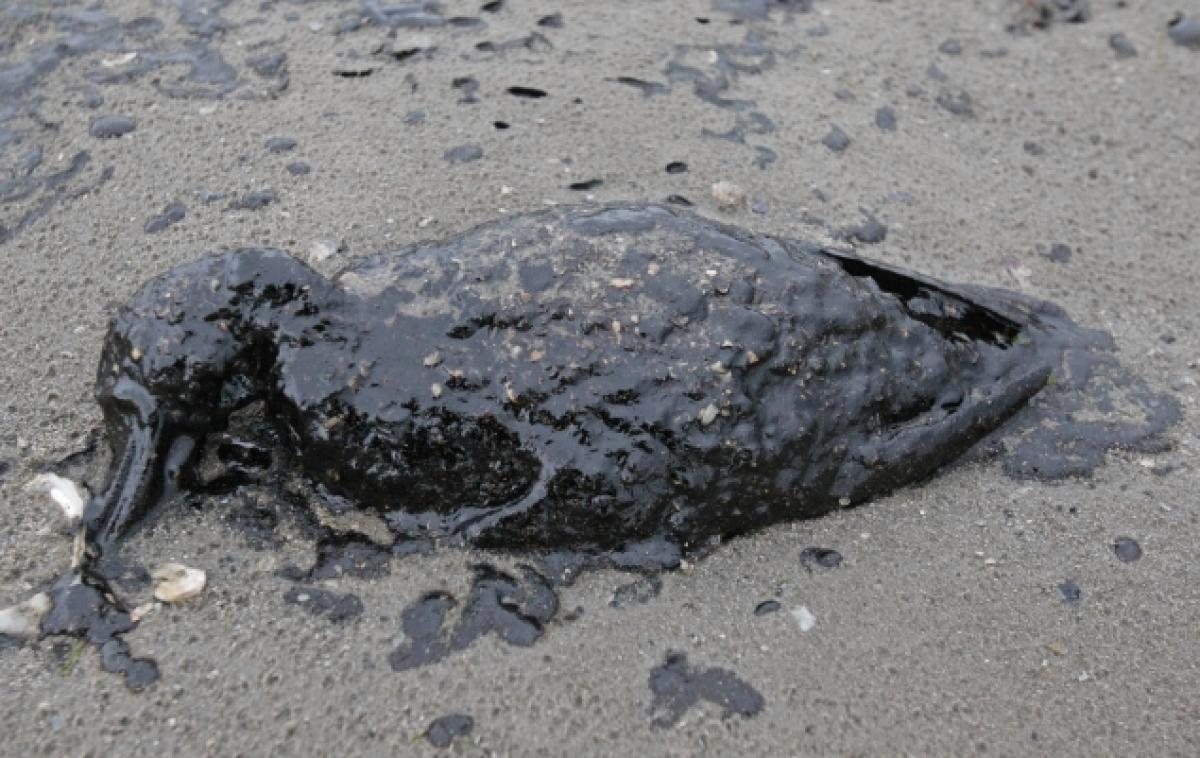
The oil spill in Galveston is disrupting critical habitat for diverse migrating birds. While it’s actually not the biggest spill to hit Galveston Bay, it couldn’t have happened at a worse time for the wintering birds at Bolivar Flats Shorebird Sanctuary (which is half a a mile from the spill!). At least 10 have died and 50 have been taken to rescue centers. The long-term effects up and down the food chain could also be devastating as oil stays in the sand for years.
Tar sands extraction is already destroying giant swaths of Canada’s boreal forest. Keystone XL could spill and damage critical habitat anywhere along its route. It particularly threatens North America’s tallest bird, the critically endangered Whooping Crane. There are little more that 500 individuals left and the route of the pipeline lines up almost exactly with the their own range.
|
|
4. Keystone XL could disrupt our economy and food system.
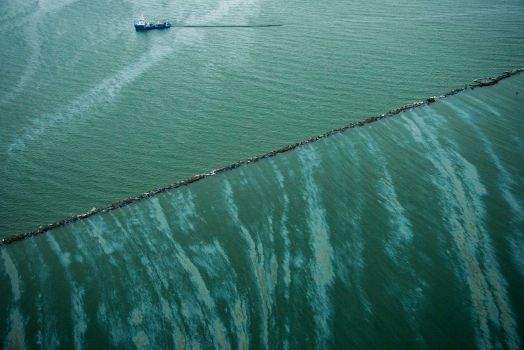
The spill will have a huge economic toll. Not only did it shut down one of the world’s busiest waterways for 3 days, it will disrupt Galveston Island’s lucrative tourism industry right in the middle of spring break. Perhaps most damaging, it will have long-term consequences for the Galveston Bay’s multibillion dollar commercial and recreational fishing industry.
Keystone XL might contribute to another spill in Galveston Bay, but a spill anywhere could have serious impacts on agriculture. Particularly, the pipeline threatens the Oglalla Aquifer, the largest source of fresh water in the United States and supply for much of the nations’s bread basket. Climate change caused by expanding tar sands will have catastrophic effects on our economy and food system.
5. There’s hope.
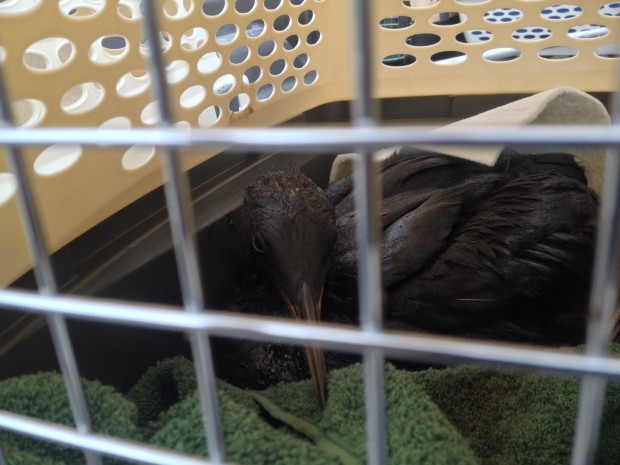
Hundreds have volunteered to clean up after the oil spill and experts are working tirelessly to protect birds from the heavy oil. Humans have a great capacity to come together during a crisis.
Well, Keystone XL is a crisis for communities and the climate. Let’s come together to stop it.
Sign the Keystone XL Pledge of Resistance today!
Correction: In a previous version of this blog I refer to the oil spilled as crude. The oil spilled was bunker fuel oil, a thick, tarry fuel usually used on board ships.
